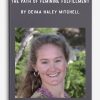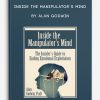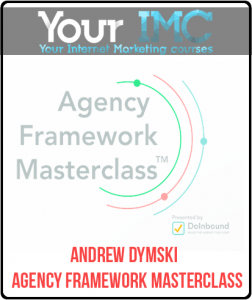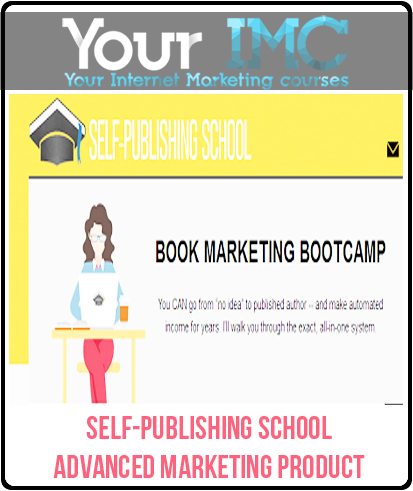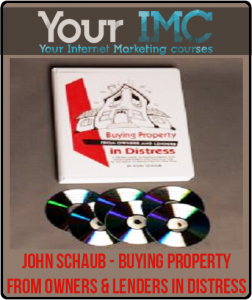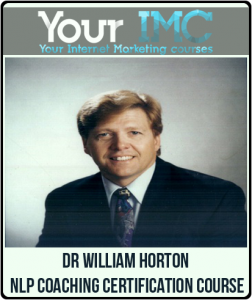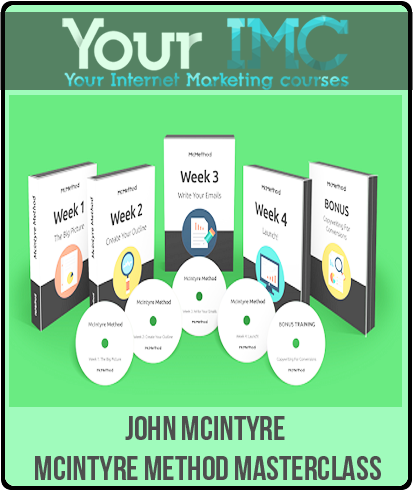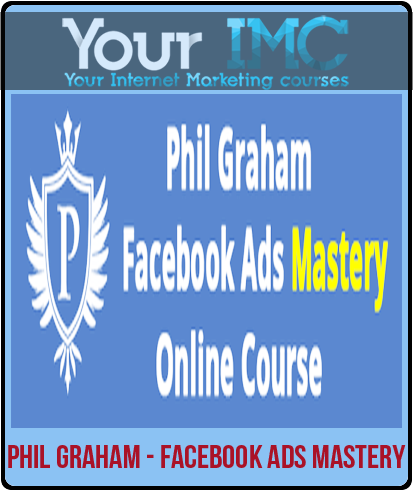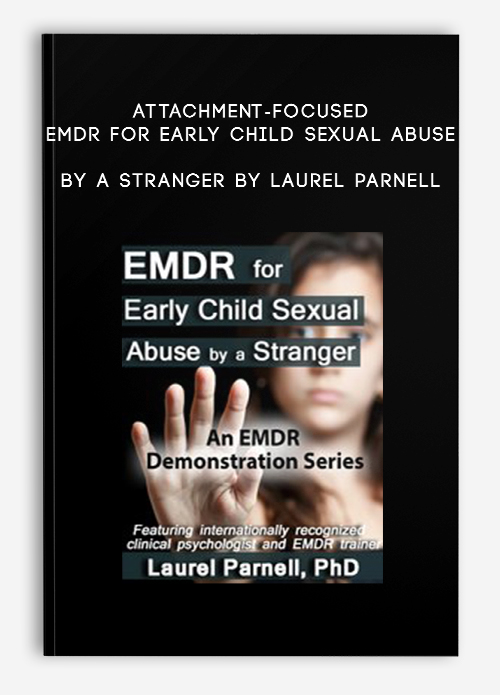
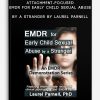
Attachment-Focused EMDR for Early Child Sexual Abuse by a Stranger by Laurel Parnell
$59.99 Original price was: $59.99.$15.00Current price is: $15.00.
- Description
Description
Attachment-Focused EMDR for Early Child Sexual Abuse by a Stranger by Laurel Parnell
**More information:
Get Attachment-Focused EMDR for Early Child Sexual Abuse by a Stranger at bestoftrader.com
Description
In this demonstration video, Dr. Parnell works with the client who presents with a history of sexual assaults and childhood physical abuse. The client reported symptoms of dissociation and present-day triggers that were troubling to her. She believed the abuse had impacted her interpersonal relationships, particularly her ability to trust people.
The video shows the use of an Attachment-Focus in the use of EMDR through the therapeutic relationship, the use of resources, and the use of the modified protocol that allowed the client to feel safe enough to enter into and process the traumatic material.
We began by exploring the history of the presenting problem, her symptoms and triggers and then installed resources. We decided to target the earliest abuse memory; that of molestation by a stranger when she was a young girl. We used the modified protocol to develop the target. She processed very distressing material without apparent strong affect. The processing became stuck in some places, which required interweaves to unblock them. She processed the trauma to full resolution, installed positive cognitions, had a clear body scan and closed with her resources.
- Explore the presenting problem, symptoms and triggers
- Establish safe boundaries and preferences for bilateral stimulation
- Create and install resources and metaphors for nurturing, wisdom and peace
- Establish a signal for stop and keep going
- Target development
- Refine the picture or scene
- Integrate bilateral stimulation
- Check the target
- Explore the processing block
- Design and install imagination and Socratic interweaves
- Revisit the picture or scene
- Check the target
- Install a positive cognition (PC)
- Check the trigger scene
- Process the trigger scene with new feelings
- Check triggers
- Closing and debriefing
More information about Medical:
Medicine is the science and practice of establishing the diagnosis, prognosis, treatment, and prevention of disease.
Medicine encompasses a variety of health care practices evolved to maintain and restore health by the prevention and treatment of illness.
Contemporary medicine applies biomedical sciences, biomedical research, genetics, and medical technology to diagnose, treat, and prevent injury and disease,
typically through pharmaceuticals or surgery, but also through therapies as diverse as psychotherapy, external splints and traction, medical devices, biologics, and ionizing radiation, amongst others.
Medicine has been around for thousands of years, during most of which it was an art (an area of skill and knowledge) frequently having connections to the religious and
philosophical beliefs of local culture. For example, a medicine man would apply herbs and say prayers for healing, or an ancient philosopher and physician would apply bloodletting according to the theories of humorism.
In recent centuries, since the advent of modern science, most medicine has become a combination of art and science (both basic and applied, under the umbrella of medical science).
While stitching technique for sutures is an art learned through practice, the knowledge of what happens at the cellular and molecular level in the tissues being stitched arises through science.

